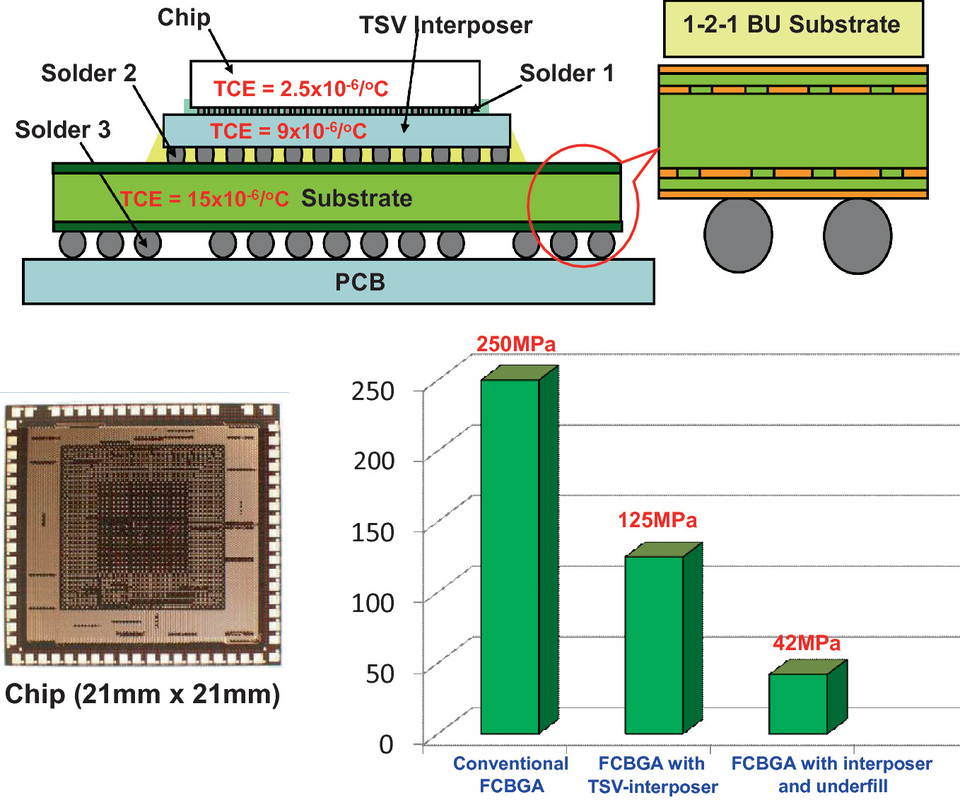Xian Lockdown & Samsung
Samsung’s (005930.KS) semiconductor fab in Xian has been affected and while shut down, the company did indicate that it was making ‘flexible adjustments’ to its production lines as it is now working with limited personnel. The plant, which produces ~40% of the company’s NAND flash is expected to continue to operate under limited conditions, but an extended lockdown could begin to affect NAND pricing into January, and a full line stop would take weeks to restart. Since the Chinese government has left the lock down timing as indeterminate, the effect on Samsung’s production and global supply has yet to be determined.













 RSS Feed
RSS Feed